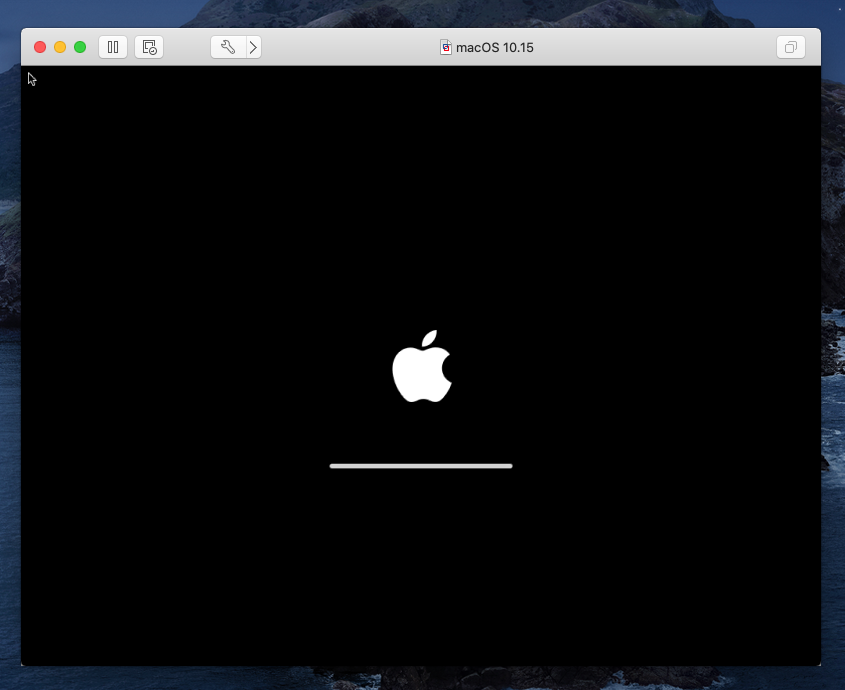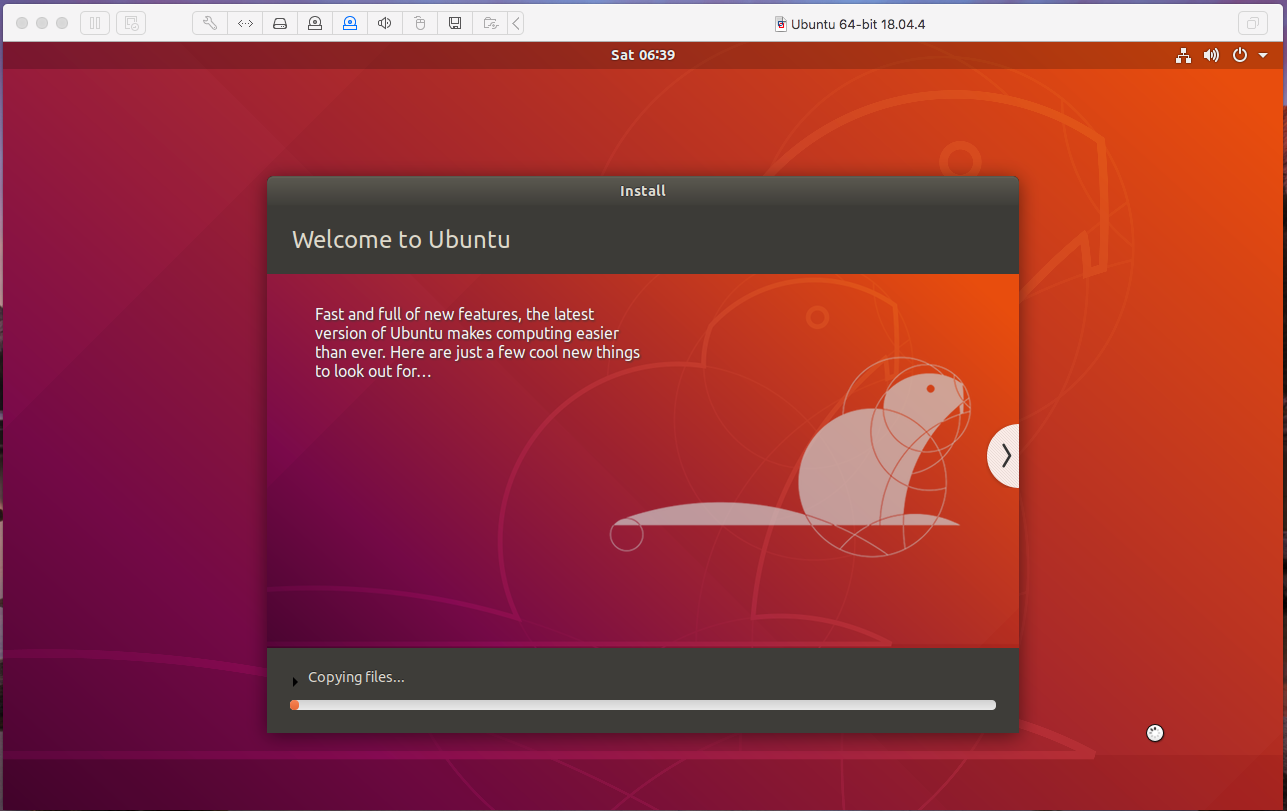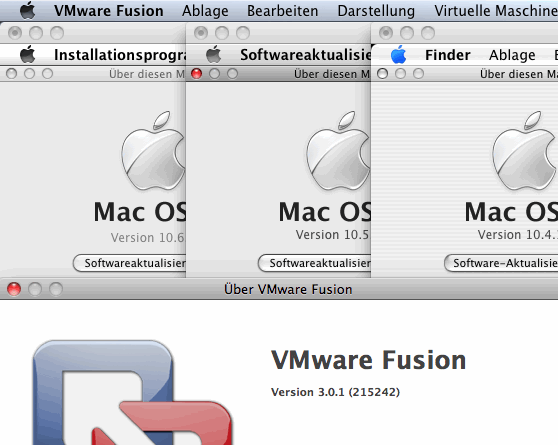

- Vmware fusion for mac install vmtools license#
- Vmware fusion for mac install vmtools iso#
- Vmware fusion for mac install vmtools professional#

You’ll now reach the System Preferences window. Click the Settings icon on the VMware player ribbon bar.However, even if it doesn’t, you can manually bring it up and make the necessary changes.Įvery item on this window can be customized as per your liking, but there are a few that you should especially look out for. You are going to be setting these options on the System Preferences window, which will most probably load automatically right after the installation process. VMware Fusion provides you with a variety of different configuration options to ensure that your machine runs efficiently. Select a location to install your VM files and click Save.Choose a firmware type you’d like the virtual machine to operate on and click Continue.įor e.g., while installing the Windows OS, you’ll have the option to choose either the Legacy firmware or the UEFI firmware.
Vmware fusion for mac install vmtools iso#

Vmware fusion for mac install vmtools professional#
However, if you dont, select I want to try VMware Fusion 12 Professional for 30 days.
Vmware fusion for mac install vmtools license#
If you have a license key, enter it in the designated area.On the setup wizard, Agree the license agreement.Let the computer initialize and verify the setup file.Double click on the VMware icon to install it on your computer.Open the DMG file from the Downloads folder.Download the Vmware Fusion application.Taking these into consideration, here are the steps to install VMware Fusion: If it doesn’t, there’s no guarantee that the OS will run efficiently or even load at all. All you have to do is download the DMG file and set up the VMware application on your computer.īut, make sure that your computer meets the recommended system requirements for the virtual machine to run smoothly. The VMware installation process is pretty straightforward. However, once you do so, you can switch between the virtualized OS and the macOS at any time. Therefore, to run a virtual machine, you must first start up the macOS and then, VMware Fusion. All the virtual machine files are stored on your Mac’s disk drive. Once the installation process is complete, you can run the OS via a window on your host computer, Mac. In the installation process, VMware allocates a certain amount of your system’s disk space, processor cores, memory, and other hardware components that the virtual machine demands to run efficiently. Before you use the virtual machine (VM), you first have to install it.


 0 kommentar(er)
0 kommentar(er)
